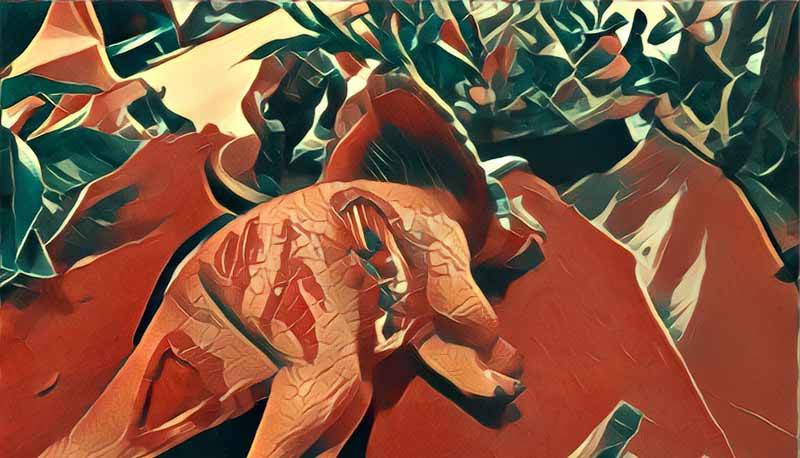The Races of Ulaya: Fluff Crib Notes pt.4
The Races of Ulaya.
A selection of the more common races of Ulaya.
As you might expect in such a world, conflict and resentment exists between different races, but so do the values of tolerance and fraternity. Perhaps as one might expect, feelings of hostility towards a particular species are more common in exclusive societies than in mixed ones, where petty prejudice is usually suppressed under the greater need to get along.
Nobody can fully explain why some of Ulaya’s cultures are racially exclusive while others are intermixed. However, it is generally perceived that the exclusive cultures are older, and some scholars believe that they are the natural evolution of wandering tribes of survivors settling down. These nomadic tribes are necessarily exclusive, in order to preserve a wide enough gene pool to breed from generation to generation.
Where these hunter gatherer societies still exist they are almost always racially exclusive.
Origins
Although the fact is neither widely known nor widely accepted, it appears clear that the Pre-Fall civilisation was a purely human society. Depictions of non-human sentient races are very rare, and considered by most scholars to be fantastical in nature, featuring mostly in texts believed to be intended for children. There is strong evidence to suggest that the non-human sentient species were actually made rather than evolved, and while this idea seems irrefutable to the scholars who have unearthed it rare archives and found documents, it is an extremely controversial opinion in the wider world.
Some of this was done in the name of knowledge and scientific discovery. Some was designed to aid conservation of the dwindling natural environment. Yet more work was done with a view to aiding society economically or militarily.
Finally, in an increasingly corporatised world much was done in the entertainment industry and in the name of thrilling an increasingly decadent and jaded society.
The World Today
The Event very nearly wiped out all life, intelligent and unintelligent. The years immediately following it were unbelievably hard, and so life as we see it now in Ulaya is a reflection of which species managed to hang on, if by a thread. In most cases, the engineered and revived species seemed to fare better than the natural ones, changing the face of the planet beyond all recognition.
One might ask, if humans made up the entire population before the event why they are now just one amongst many minorities. Again, nobody can answer this question fully, but it seems obvious that the engineered species which survived were, by accident rather than design, tough enough to survive the turmoil, as well as able to adapt to the new environment in which they found themselves.
Demographics
Without centralised power, technological resources or even the imperative for knowledge, nobody can give a precise breakdown of the racial makeup of Ulaya’s sentient population. There are tens, maybe even hundreds of different sentient races in Ulaya. It is obvious to most however, that four races dominate, making up between them perhaps as much as 75% of the population overall. These four races are (least to most common)
- The Berengeii; gorilla uplifts.
- The Dverg, a near human species of diminutive, but tough people.
- The Sorrians, a species of anthropomorphised reptiles.
- Humans, inheritors of the earth, but now just the largest of many minorities.
Amongst the rarer species there are:
- The tiny Panya, a secretive mammalian species standing under two feet tall, with mostly rodent characteristics.
- The Moche- amphibious sentients who appear to be of part frog, part salamander.
- The Zokal, a vaguely feline, purple skinned species so unusual in appearance that the makeup of their genetic heritage is unclear.
- The Garawe, a large species of bipedal reptile looking somewhat like the Sorrians, but with a decidedly crocodilian bent.
There are many others. Some of these species are widely integrated, while some can only be found in specific places, and have unique cultures of their own. It is not uncommon, even amongst travellers, to see a species you have never encountered before. Of course, the less numerous a species is, the higher the chance that the species is on the decline. There are also rumours of human giants living in the Spineback Mountains, but rumours of giants of various kinds come out of the East all the time, and are mostly unsubstantiated.
Ulaya is a colourful place in more ways than one, and the dizzying variety of species is a confounding, yet remarkable feature of the world.
Next time we will look in closer detail at the Human and Dverg species of Ulaya. Which most intrigues you?

 British Pounds
British Pounds
